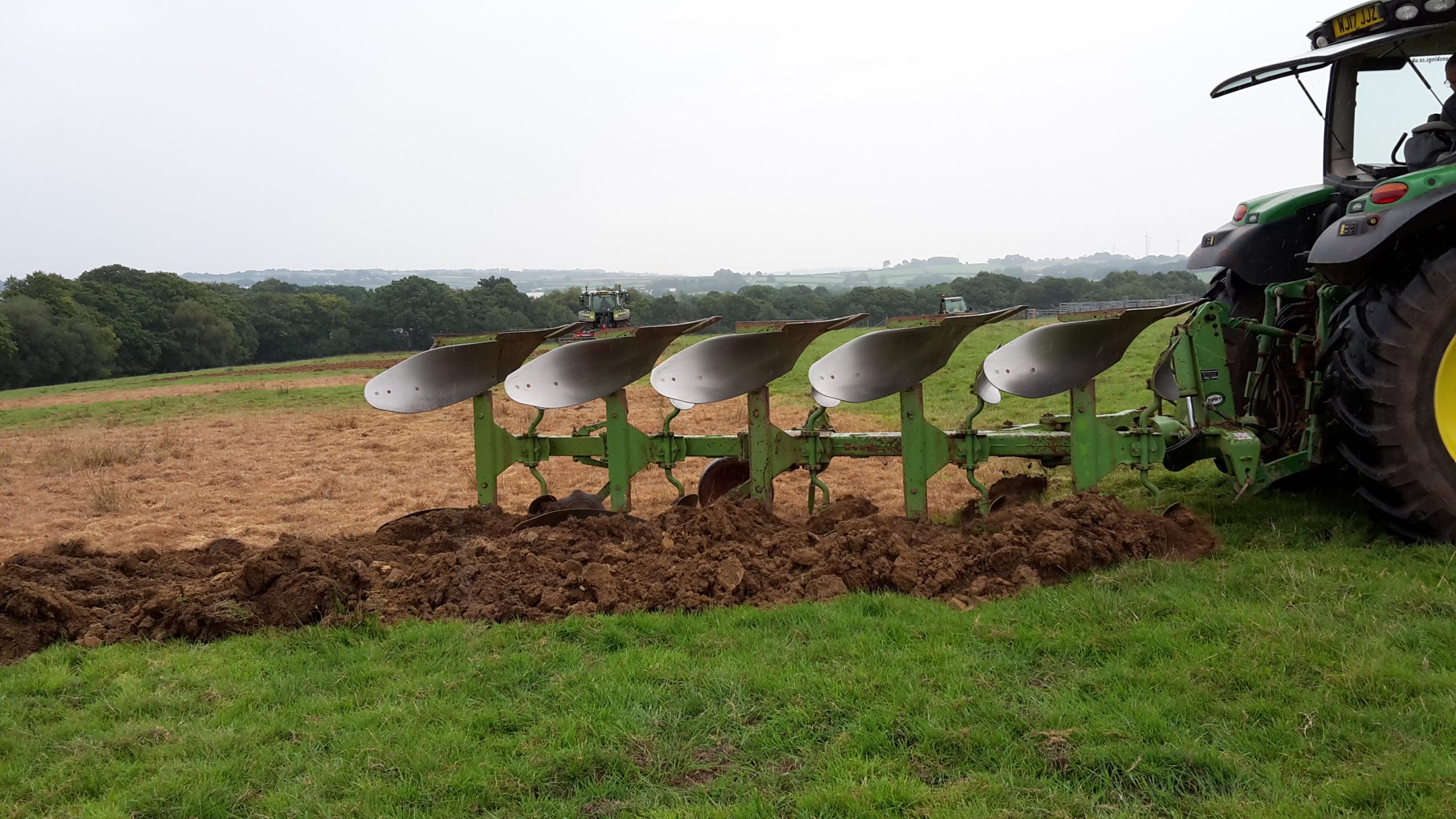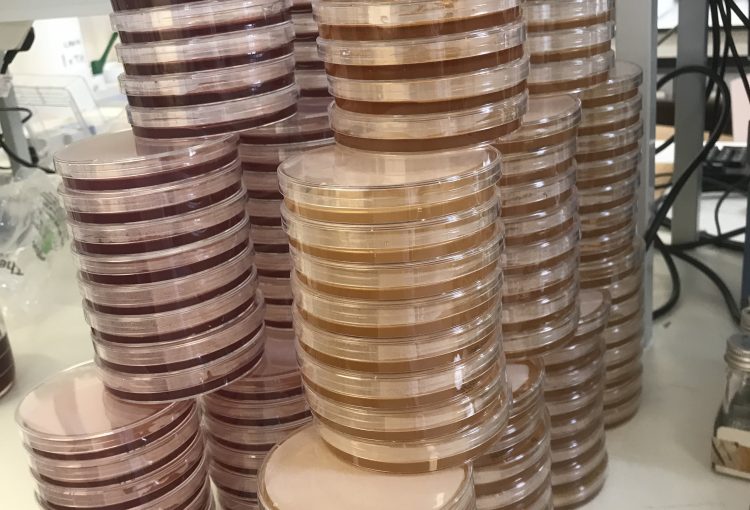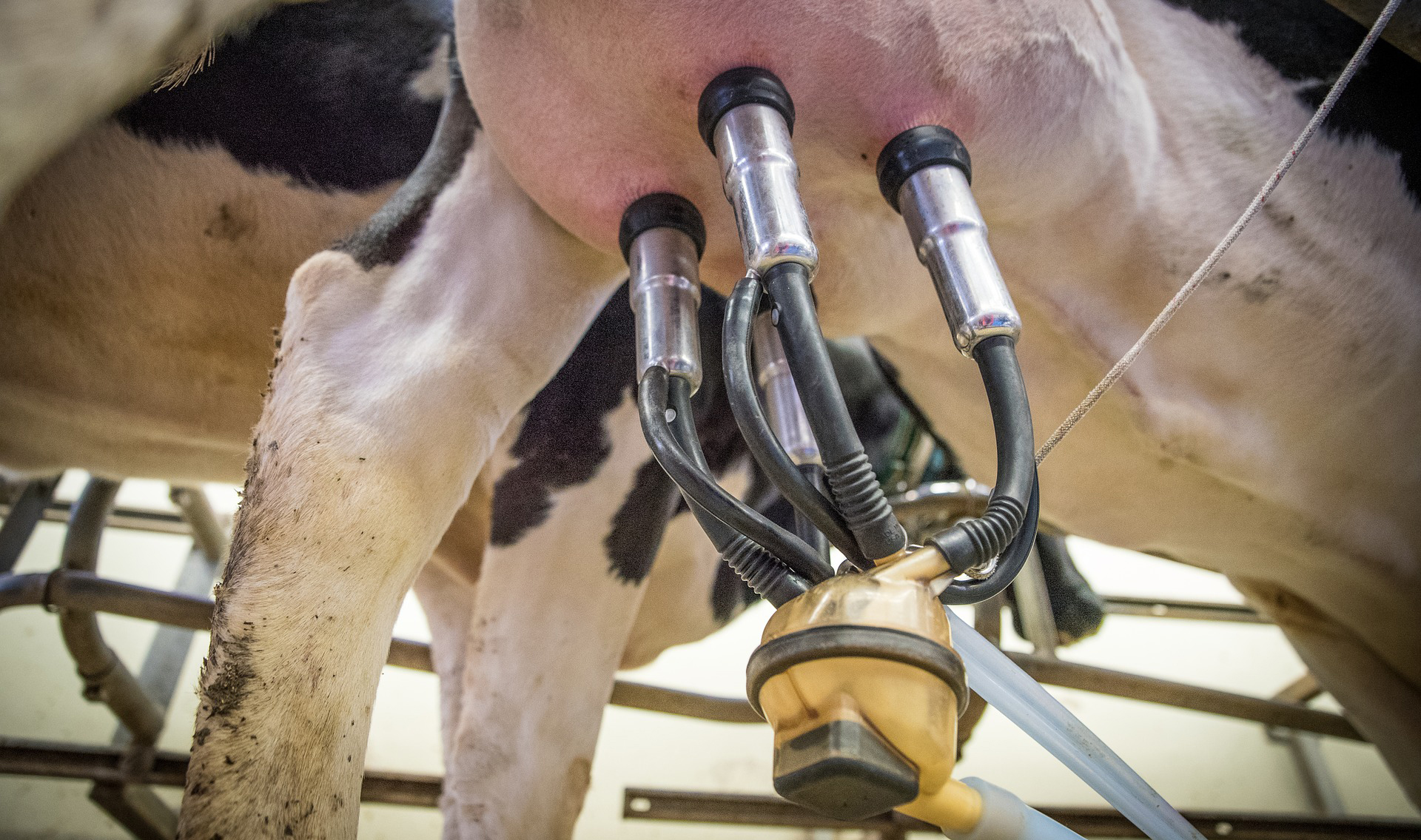Gemma
Gemma
add text
add text
The Toolbox of Multi-species Swards (TOMS) project aims to evaluate multi-species sward yield and forage quality at farms across Cornwall, benchmarked against a simple ryegrass and white clover mix, and the farmer’s own control ley, as well as at comprehensive replicated plot trials at North Wyke. Macro and micronutrient supply from each forage mixture and individual species are also being investigated, along with soil sampling at the start and end of the project.
In addition, the portfolio of research activities also include:
Research on a range of establishment topics, including seed bed preparation (ploughing, power harrowing and disc harrowing), sowing rate (conventional and conventional + 50%), plus species diversity (6 species, 12 species and 18 species, plus 2 species control).
A focus on the issues around ensiling multi-species swards, including the use of inoculants, aerobic stability, wilting time and determining optimum conditions.
A detailed literature review to establish the proven benefits of herbal leys.
An extensive survey of farmers to look at their perceptions of herbal leys and to identify the major hurdles to their adoption.
A comparison of soil nitrate leaching resulting from the different swards on a subset of farms.
The provision of floral data to the University of Exeter’s BEE-STEWARD project.
The creation of the “Multi-species Sward App”, in collaboration with FoAM Kernow, which is now available to download free on the Android platform. Cards are also available.
Half on Rothamsted, half on TOMS; summary of year 1 results; summary info from the TOMs farm profiles but put experiential content on the ‘case studies’ page
The project consists of three trials. One managed by Rothamstead Research and two managed by Duchy College Rural Business School.
Duchy College Research Overview
Duchy College Rural Business School managed two of the free trials:
Duchy College Home Farm – replicated plot trials (16 replicated plots)
Farm trials – 8 farms (3 strips per farm)
Both trials compared a diverse 18 species “TOMS mix” with a Perennial Rye Grass, White Clover binary control. On farm trails also included the farmer’s own seed mix, whilst trials at Duchy Home Farm also looked at the effect of legume inoculant and the nutritional potential of dandelion.

The seed mixes
On farm trials
Strips of each mix, along with the farms usual mix, were sown on 8 farms across Cornwall. The farms ranged from………
YEAR 1 – COULD USE GRAPHS AND SUMMARIES FROM THE SME WORKSHOP FOR NOW. ADD YEAR 2 WHEN ANALYSIS COMPLETE.
Field research commenced on eight farms in July 2018 to investigate:
Compare performance of an 18-species mixture (‘TOMS mix’) against a perennial ryegrass and white clover sward and the farmer’s standard ley
Compare forage nutritional quality and micronutrient content of the different swards
Compare soil leaching resulting from the different swards, on a select number of farms
Undertake pollinator surveys during a 5 week ‘shut-off’ period on a select number of farms
Farmers drilled experimental sward mixtures in autumn 2018, following soil surveys. The project team conducted the first species surveys and forage collection in spring 2019, prior to farm grazing and silage cuts.
Duchy College Home Farm plot trial
A 16 plot replicated trial on Duchy College Home Farm, which aims to generate further data about forage performance and quality of the ‘TOMs mix’ compared to a ryegrass and clover ley
Year 1 farm forage results
[qcld_ichart post_id=”5599″]
Crude protein value includes protein and non-protein nitrogen content. Grass silage typically ranges between 10 and 20%
Only farms E and F had values within the typical range, however, those leys that were higher were only marginally so.
[qcld_ichart post_id=”5603″]
Metabolisable energy (ME) indicates the energy value of the feed, grass silages usually have a range of 9.6-12 MJ/kg . All leys, on all farm sites, produced lays with ME values within this range.
[qcld_ichart post_id=”5604″]
Ash value is a measure of the total mineral content of the feed, and should not exceed 8.5%, values higher than this are considered to have a risk of soil contamination.
The values for all leys, with the exception of those at farm F, exceed 8.5%.
For herbal leys, the higher ash may indeed be a consequence of higher mineral content but there is also a risk of greater soil splash (and therefore soil contamination) on the larger leaves of chicory and plantain. We plan to determine answer this question in the second year of the project
[qcld_ichart post_id=”5614″]
ADF (Acid Detergent Fibre) defines the value of lignin, cellulose and lignified nitrogen and for grass silage is in the range of 26-38%
Only farms B and H had ADF values within the usual range for all leys. Farm C’s own lay was within the range , while farm I’s own lay and TOMS lay also produced sufficient ADF. All other farm lays were below the typical range.
[qcld_ichart post_id=”5615″]
NDF (Neutral Detergent Fibre) provides a complete measure of the feed fibre value, and for grass silage is usually in the range of 48-58%. This value is higher than for ADF because it includes fibre that can be digested by the livestock such as hemicellulose.
The majority of leys were below usual range for NDF. Farm H was the only farm where all leys fell within the usual range, while farm I’s own lay also achieved good levels of NDF.
Work at Rothamsted is investigating the impact of species composition, sowing rate and seedbed preparation on forage quality and quantity. Rothamsted are also defining and analysing the silage made from multi-species swards, including work to determine optimum mixtures and conditions.
Rothamsted Plot Trials
Work at Rothamsted is investigating the impact of species composition, sowing rate and seedbed preparation on forage quality and quantity. Rothamsted are also defining and analysing the silage made from multi-species swards, including work to determine optimum mixtures and conditions.
72 plot replicated trial North Wyke to investigate the effects of:
Seed bed preparation

Power Harrow
Power harrowed 3 times
Depth approximately 7-10cm
Rolled (Cambridge roller)

Disc Harrow
Power harrowed 3 times
Depth approximately 10-15cm
Rolled (Cambridge roller)

Ploughed
Ploughed (25-30cm)
Rolled (Cambridge roller)
Power harrowed twice
Rolled (Cambridge roller)


Mix composition (2, 6, 12, 18 species) and sowing rates
Binary control
Binary Control
PRG
White Clover
Two sowing rates
Conventional 14kg/ha
Plus 50% 21kg/ha
Mix A
PRG
Timothy
White Clover
Birdsfoot Trefoil
Chicory
Ribwort
Mix B
Mix B
PRG
Timothy
Cocksfoot
Festulolium
White Clover
Birdsfoot Trefoil
Lucerne
Red Clover
Chicory
Ribwort
High Diversity (TOMS)
PRG
Timothy
Cocksfoot
Festulolium
Meadow Fescue
Meadow Foxtail
White Clover
Birdsfoot Trefoil
Lucerne
Alsike clover
Red Clover
Sainfoin
Chicory
Ribwort
Sheeps Burnet
Sheeps Parsley
Selfheal
Yarrow
on:
Agronomic performance (yield & forage quality)
Botanical composition (inc. weeds)
Soil properties (physical and chemical)
Ensilage Experiment
Ensiling to compare effect of:
Sward mix
Seed bed preparation
Sowing rate
Cutting time
Wiling time (DM content)
Use of inoculants
Has on:
Fermentation profile
pH decline
Lactic and volatile fatty acids
Ammonia-N
Protein degradation products
Clamp / bale conditions
Aerobic stability
Nutrition
Protein
Digestible/metabolizable energy
Fibre
Micronutrients (+Macronutrients!)
Microbiome:
endophytic
ephyphitic
With the goal of:
Improving quality of silage from multispecies swards through farm based
management decisions.
Lab scale ensiling methods

Vacuum packing

Test tubes

Kilner jars









